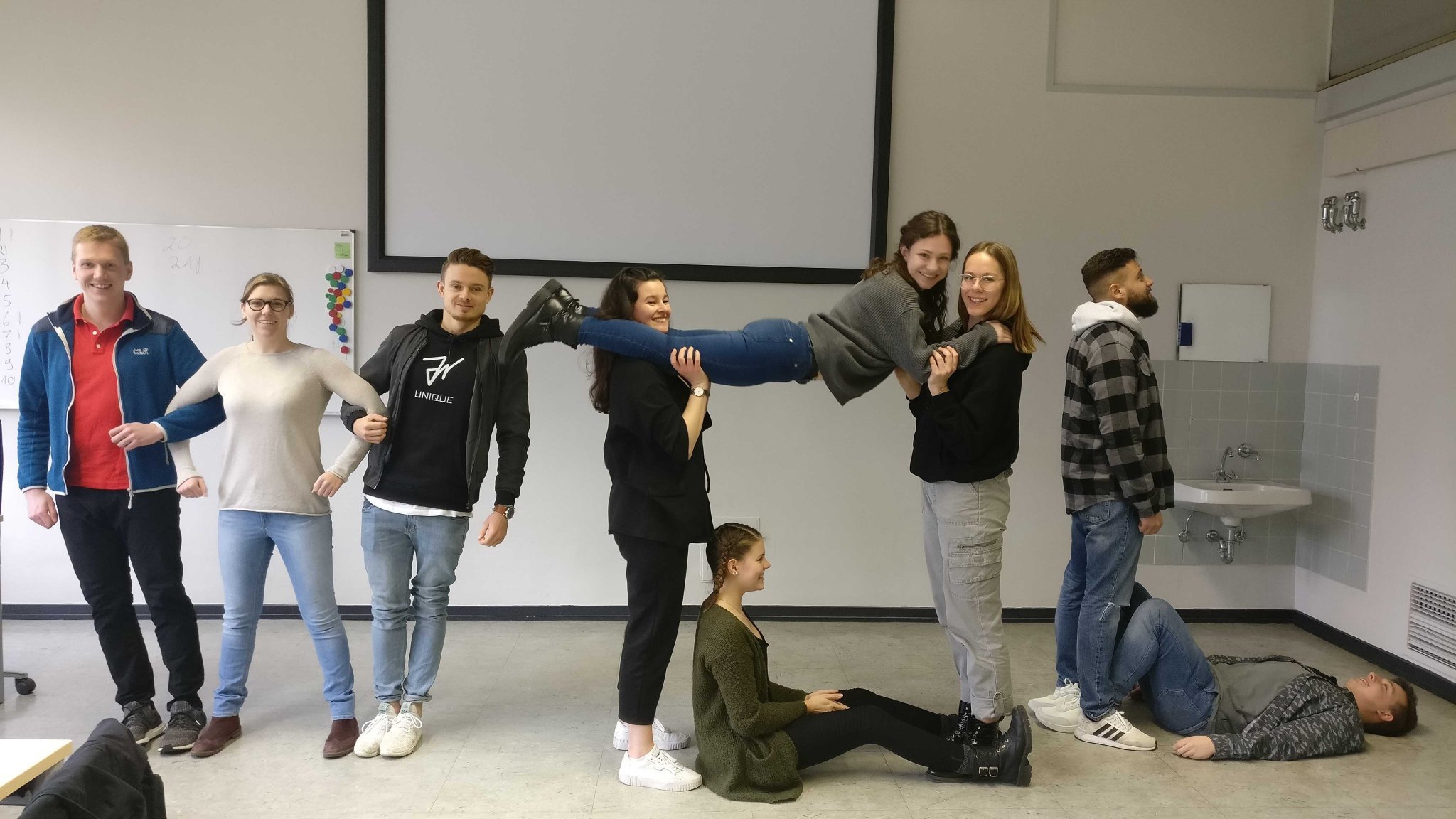WOL for Education: An Update
More than a dozen universities have used the original Working Out Loud method. Based on these experiences, we now have a much clearer sense of what students need and how a new WOL method can help.
What we tried so far
A wide range of schools have used WOL, from universities in Hildesheim and Zurich to Missouri and Iowa. Typically, professors integrated the method into a class on New Work or marketing or other business topic. Some schools used it for teachers as well.
What we learned
The biggest benefits for students were related to skills and confidence. WOL Circles helped the students develop networking and collaboration skills, how to discover people related to their goal or project and build authentic relationships. Students also experienced how their contributions, including appreciation, knowledge sharing, and vulnerability, could build trust with others and how that improves cooperation.
The students’ confidence came from the contributions and connections they made. They learned they had a lot more to offer than they thought, and that others are typically much more receptive to their generosity than they had imagined.
Of course, there were challenges too. The original 12-week method was sometimes too long for a given class, and some of the exercises were less relevant for younger people not yet in the workplace. Also, depending on how WOL was introduced by the professor, the students were sometimes confused about the purpose of their Circle and the goal that they might choose.
Ideas for a new WOL method
After reviewing these results, an idea has emerged for a derivative of the original WOL method that could provide a better experience and even more benefits.
Here’s a short summary:
Make it shorter: The new method would be 8 weeks long instead of 12, fitting more easily into an academic calendar.
Make it specific to students: Updating exercises and examples will ensure they’re relevant to university students.
Constrain the goal: The default goal will be for students to explore career possibilities or find a job. While they can still choose a different goal if they like, this default will make the Circle more obviously relevant and useful.
Relate it to other subjects: Suggesting other business and academic readings will help students connect the method to other topics they may be studying.
Provide more training/support for teachers/administrators: This could take the form of calls, videos, etc to help organizers make the most of WOL. The new method could be included in a course or offered by the Career Center.
Next steps
Before we begin work, we will discuss ideas and experiences with teachers and students who are interested in shaping or piloting the new method.
If you are interested, please email support@workingoutloud.com to join an upcoming roundtable discussion or schedule a one-on-one call. Thank you!
Students at Darmstadt University forming W-O-L 😊


